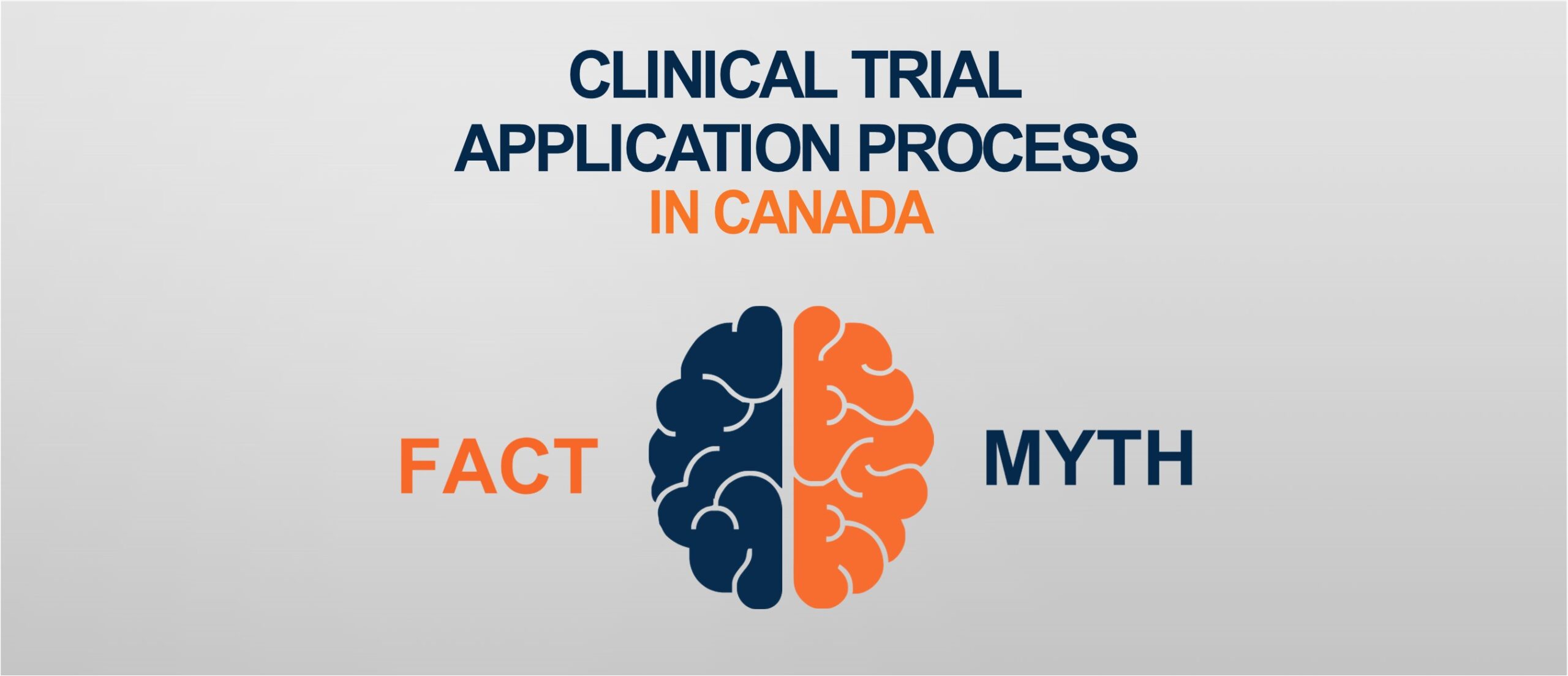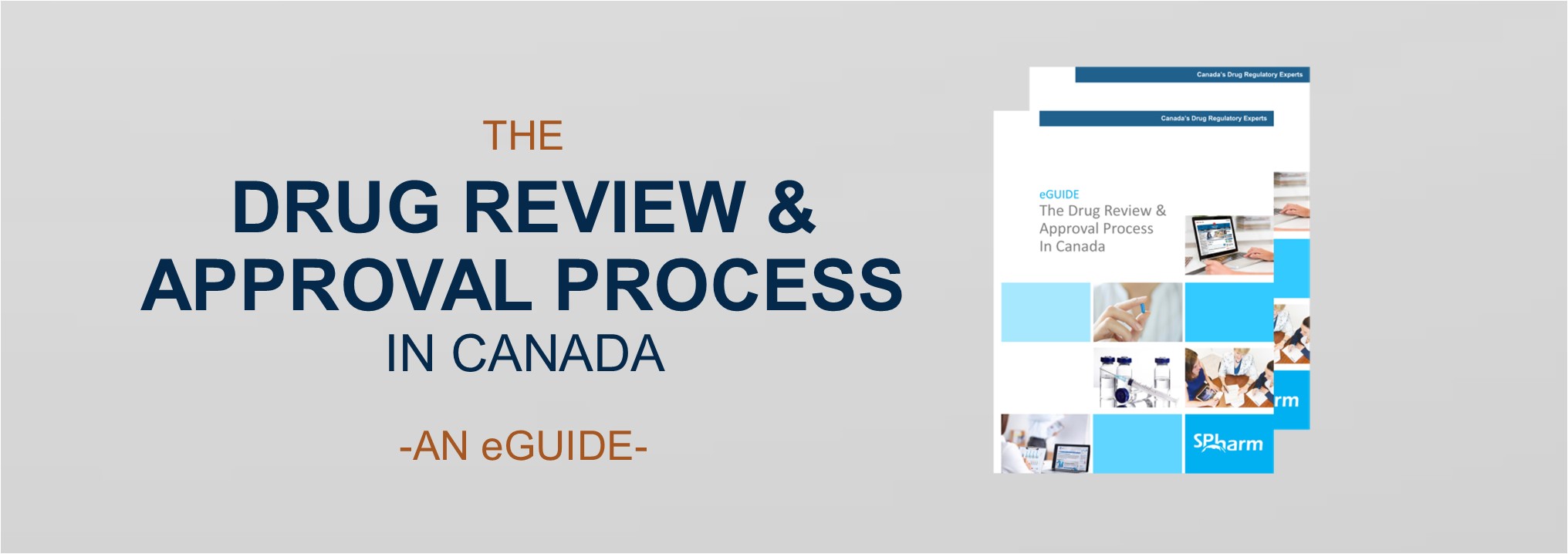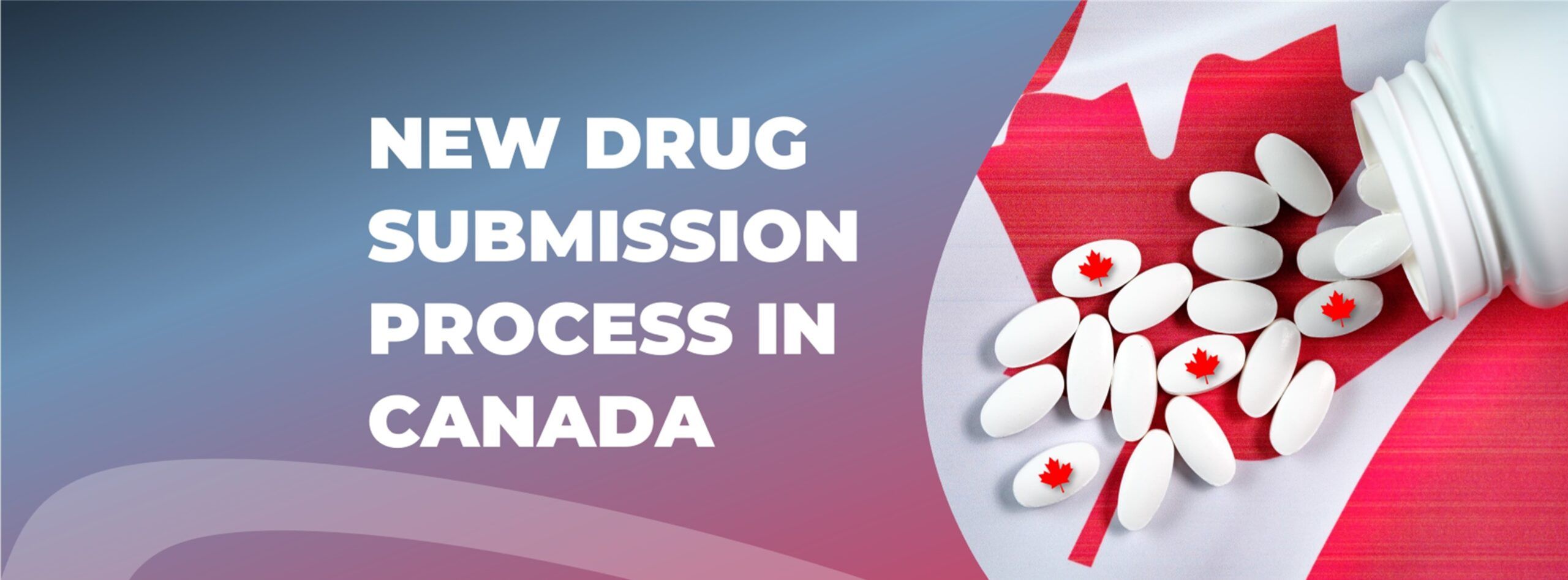Clinical Trial Application Process in Canada -Facts & Myths-
Canada has become an increasingly popular destination for clinical trials over the years. Despite that, misconceptions persist about everything from approval time to the language used in the approval process. We are presenting six of the more common myths about clinical trial applications in Canada and the facts actually are. Which ones have you believed?
Myth # 1: Obtaining approval for clinical trials takes more time in Canada than elsewhere.
Reality: You’ll receive your approval (No Objection Letter) — or rejection — in 30 days. Once a Clinical Trial Application (CTA) has been submitted, questions can be raised by Health Canada to which an answer (with or without commitment) needs to be provided within 2 days. Once the CTA review is complete, Health Canada notifies the sponsor if the application is found to be acceptable or not. If the CTA is acceptable, Health Canada issues a No Objection Letter (NOL) within the standard 30-day review period; this NOL needs to be received before moving forward with the trial and will be needed for investigational drug importation purpose.
Compare that to the U.S., where the FDA has 30 days to determine whether a clinical hold is necessary or if the clinical trial can start. There is no specific duration for a clinical hold in the U.S.. There is no such hold in Canada.
In most european countries in Europe the target review timeline is 60 days but it often takes more than that to obtain a decision at the national level. EMA is looking into applying a centralized procedure that will have a longer review period than 60 days.
Myth #2: The requirements for a Clinical Trial Application in Canada are more onerous than elsewhere.
Reality: The content requirements are actually less onerous than in the U.S. and in the EU. No non-clinical or clinical study reports are required to be submitted within the CTA in Canada. What is needed are the administrative documents plus key scientific documents on which Health Canada bases their review on: the protocol, the informed consent form and the investigator’s brochure, in addition to the standard chemistry and manufacturing data. The Clinical Trial Application is composed of three modules:
- Module 1 – contains administrative and clinical information about the proposed trial
- Module 2 – contains quality (chemistry and manufacturing) information about the drug
- Module 3 – contains additional supporting quality information, when needed.
There can be delays in initiating Clinical Trials in Canada, as in other jurisdictions. For instance, there may be delays in obtaining Research Ethics Board reviews and approvals (a decision independent from Health Canada). Also, sponsors and CROs in North America can prioritize the U.S. sites ahead of Canadian sites for many reasons including patient population (see myth no. 3). Typically, for global studies it can take a few months to get a site up and running in Canada.
Note that there are a number of effective clinical trial application experts in Canada that help with streamlining the clinical study start-up processes in parallel or after the clinical trials application approval. Contact SPharm to discuss your requirements.
Myth #3: Because of its population size, recruitment and enrollment are difficult in Canada.
Reality: Enrollment — recruitment and retention — is no more of a challenge in Canada than elsewhere. In fact, the average time from trial set up to first patient visit is three months, with 98 percent of subjects enrolled within the planned study period, according to the Canadian Clinical Trials Coordinating Centre (CCTCC). One reason for this success is that Canada’s universal healthcare system means coordinated access to patients and better patient data.
Moreover, Canadians are highly educated and interested in research: More than 70 percent of the population has expressed interest in participating in clinical research, according to the CCTCC.
Finally, as one of the most diverse nations in the world, Canada provides researchers with a broad pool of potential subjects.
Myth #4: All study documents must be provided in English and French.
Reality: Either language is accepted; for regulatory submissions, English is used more often. There are two exceptions: Labels and informed consent forms must be in both languages. Of course, all patient materials for trials in Quebec must be translated into French.
Myth #5: Drug trials in Canada cost more.
Reality: Canada has the second lowest cost among G7 nations in the management, design and coordination of clinical trials. Only France is cheaper, according to the Canadian Clinical Trials Coordinating Centre. Canada has one of the most attractive tax environments for research and development compared to the U.S. and other G7 countries.
Myth #6: The Clinical Trial sponsor needs a Canadian presence.
Reality: The Clinical Trial Application must be signed by a scientific or medical officer residing in Canada. Generally, the regulatory agent or the CRO can sign on behalf of the sponsor.

With a quarter of a century of consistent and successful results, SPharm has become one of the leading Drug Regulatory Advisory firms in Canada. Drug companies from around the world count on SPharm to help them navigate the drug (and other health products) review & approval process in Canada.
Avec un quart de siècle de résultats et de succès constants , SPharm est devenue une entreprise de services de référence au Canada en stratégie de développement de médicaments et affaires réglementaires. Des compagnies pharmaceutiques à travers le monde comptent sur SPharm pour faciliter le processus d’homologation de leurs médicaments (et autres produits de santé) au Canada.




